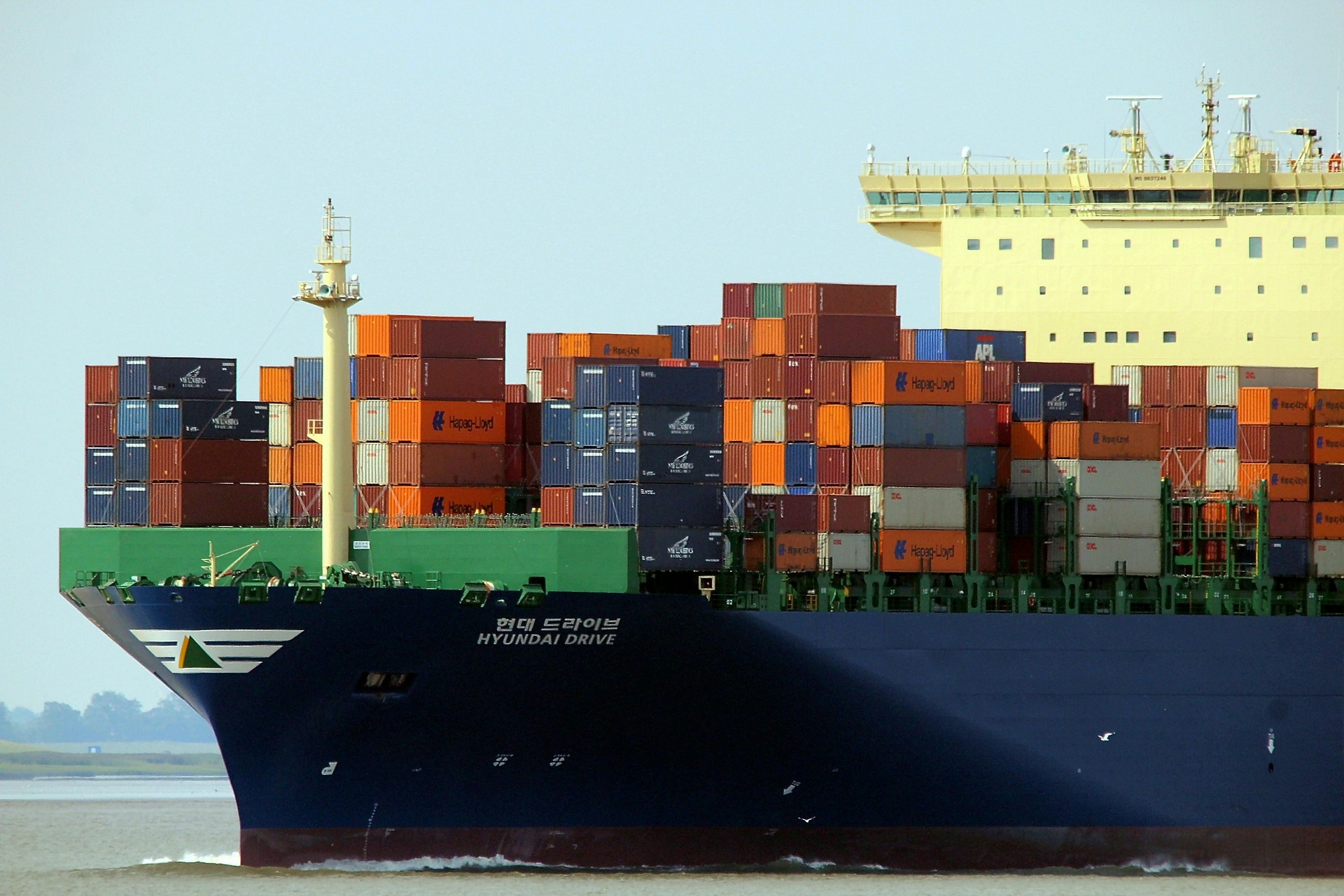An article in Journal of Commerce published on March 15, 2021 summarized the impact of such trends from the container perspective and warned shippers to plan for the current challenges in advance. In his article, titled “US import boom intensifies, with no end in sight”, Lars Jensen stated that: “From a container shipping perspective, it is especially noteworthy that furnishings and household equipment — which takes up a lot of space in containers — increased $67 billion in January 2021, equal to a 16 percent annual growth rate… we have in essence not seen such a high growth rate since records began in 1959, although a small boom in 1973 came close…with consumption of goods increasing as we get into the third month of 2021, this points to additional pressure on the inbound supply chains. Inbound container volumes to the US, irrespective of origin, grew in excess of 20 percent in October and November, then went below 20 percent for December and January. With the increase in goods consumption, this might well trigger additional ramp-up in demand growth at a point in time where both vessel, equipment, port, and terminal capacity is scarce… or to put it in other words, there is presently no sign in the economy that the demand boom into the US will slow down in the short term. At the same time, there is no sign from the operational side of the container shipping industry that the bottleneck effects will be resolved in the short term. Shippers need to plan for the current challenges to be a normal state of affairs for a while longer.” So while the demand for e-commerce, containers, and hence, load securement is expected to be high in the upcoming months, so are the challenges that come with the bottlenecks in the container shipping industry.
Funda Akpinar
Head of Strategic Planning and Marketing
International Dunnage
March 2021







